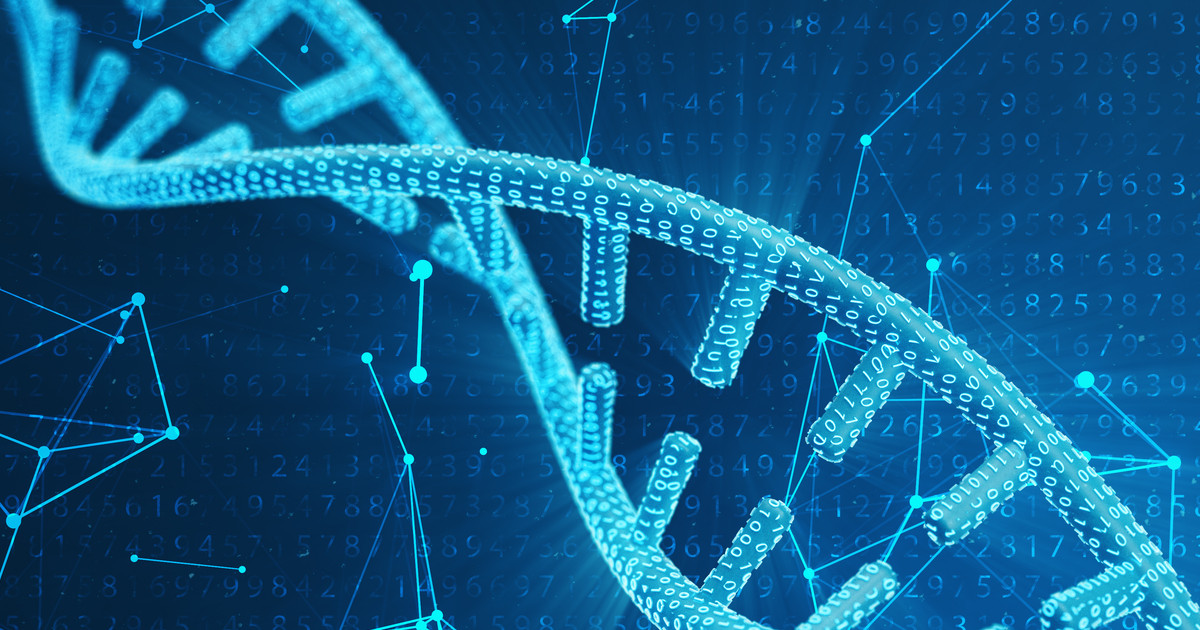How To Treat And Diagnose Diamond-Blackfan Anemia
Genetic Testing

Most individuals who inherit Diamond-Blackfan anemia present one copy of an altered gene in each cell. Mutations in the genes are commonly responsible for causing the disease. Most mutations in RPS19, RPL5, RPS10, RPL11, RPL35A, RPS7, RPS17, RPS24, RPS26, and GATA1 genes are not limited to them. Regardless of the type of mutation that a patient has, making a diagnosis for a genetic or rare disease such as this one can often be challenging. Healthcare professionals will look at the patient's medical history, symptoms, physical exams, and laboratory test results first. They will likely suggest a genetic test to diagnose the condition.
Keep on reading about the possible treatments for Diamond-Blackfan anemia now.
Use Of Corticosteroids

Corticosteroids are a class of numerous powerful and potent medications utilized in the treatment of many different diseases. For a Diamond-Blackfan anemia patient, corticosteroids can help stimulate the body to produce more red blood cells. In the treatment of Diamond-Blackfan anemia, the goal is to keep the patient's hemoglobin at an acceptable value of approximately ten grams per deciliter by taking just enough of a corticosteroid.
Initially, corticosteroids are prescribed to an individual affected by Diamond-Blackfan anemia for several weeks to see if their body's hemoglobin increases. If the patient's hemoglobin levels do rise, the medication is then slowly titrated down in dosage. If their hemoglobin level drops too low, they may be prescribed a larger dose that will be kept the same or slowly decreased once their hemoglobin levels have reached a fair value. A patient treated with this method may grow resistant to its mechanism of action and require additional treatments.
Continue reading to reveal more options for treating Diamond-Blackfan anemia now.
